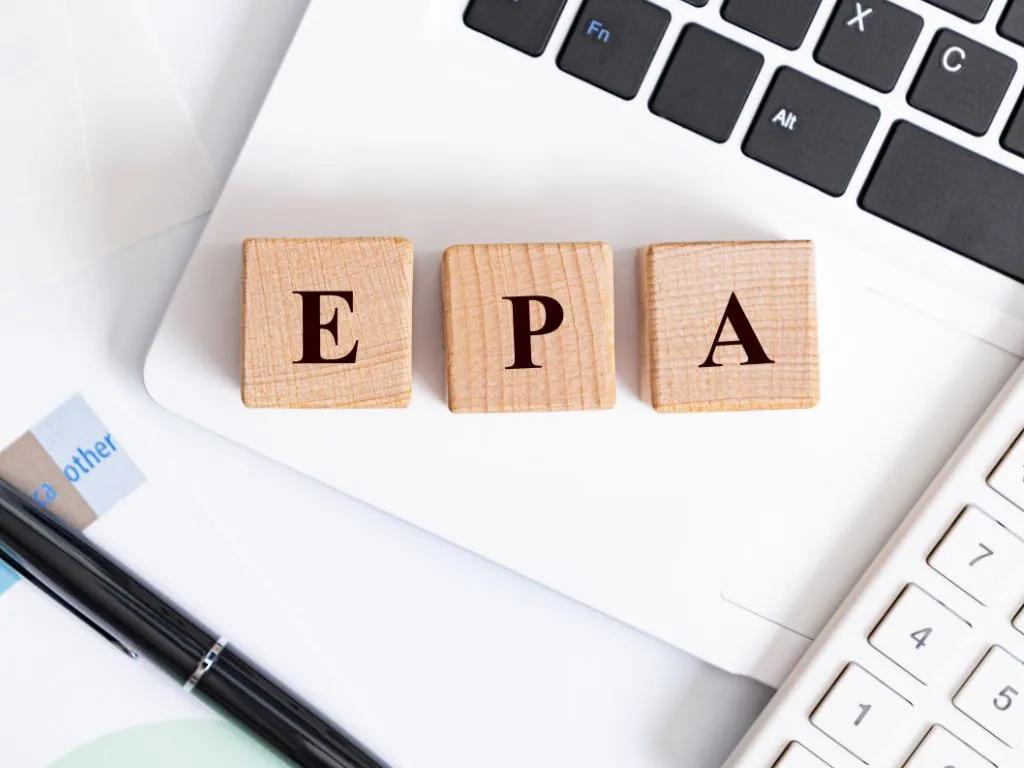- Home
- News Details
News Details

EPA Proposes New Rule Requiring Data Reporting on 16 Chemicals Under TSCA Risk Evaluation
2024-03-29 Reference source : Environmental Protection Agency (US EPA)
Chemical industry Chemical inventory Human health exposure Plastics Priority substances US TSCA Environment
The U.S. Environmental Protection Agency (EPA) is introducing a rule under Section 8(d) of the Toxic Substances Control Act (TSCA), mandating manufacturers (including importers) of 16 chemicals to submit to the Agency data from unpublished health, safety, environmental, as well as occupational, general population and consumer exposure studies. These submissions will help in EPA's prioritization, risk evaluation, and management of chemicals under TSCA, reinforcing its commitment to protecting human health and the environment.
Chemicals Covered by the Proposed Rule
The proposed rule includes 13 chemicals listed in the 2014 TSCA Work Plan, curated by EPA for additional assessment based on their identified hazards and potential exposures. To effectively prioritize, evaluate risks, and manage these chemicals, EPA needs information on their hazards and potential exposure pathways.
Priority Chemicals Identified for Risk Evaluation
EPA proposed to prioritize five of the chemicals included in the proposed rule for risk evaluation in December 2023, all of which have been linked to cancer and used to make plastics:
- 4,4’-Methylene bis(2-chloroaniline) (MBOCA) (CASRN 101-14-4),
- Acetaldehyde (CASRN 75-07-0),
- Acrylonitrile (CASRN 107-13-1),
- Benzenamine (CASRN 62-53-3), and
- Vinyl chloride (CASRN 75-01-4).
Additional Chemicals Covered by the Proposed Rule
The proposed rule additionally covers 10 chemicals that EPA initially identified as candidates for prioritization but did not include in its prioritization action initiated in December 2023. However, these chemicals are currently under consideration for inclusion in the prioritization action scheduled to begin in December 2024:
- 4-tert-octylphenol(4-(1,1,3,3-Tetramethylbutyl)-phenol) (CASRN 140-66-9),
- Benzene (CASRN 71-43-2),
- Bisphenol A (CASRN 80-05-7),
- Ethylbenzene (CASRN 100-41-4),
- Hydrogen fluoride (CASRN 7664-39-3),
- N-(1,3-Dimethylbutyl)-N’-phenyl-p-phenylenediamine (6PPD) (CASRN 793-24-8),
- Naphthalene (CASRN 91-20-3),
- Styrene (CASRN 100-42-5),
- Tribomomethane (Bromoform) (CASRN 75-25-2), and
- Triglycidyl isocyanurate (CASRN 2451-62-9).
EPA’s Response to Specific Concerns
In November 2023, EPA responded to a petition from certain tribes regarding the use of the chemical 6PPD in tires. 6PPD reacts with ozone air pollution, to form a compound known as 6PPD-quinone (2-anilino-5-[(4-methylpentan-2-yl) amino]cyclohexa-2,5-diene-1,4-dione)(CASRN: 2754428-18-5), which has been shown to be lethal to coho salmon when present in stormwater. As a result, EPA finalized a rule to collect additional data on 6PPD. This proposed rule now includes provisions for 6PPD-quinone.
We acknowledge that the above information has been compiled from Environmental Protection Agency (US EPA).
Global Product Compliance (GPC) specializes in Global Regulatory Compliance Solutions across sectors
globally. SSS Europe, a familiar name in chemical regulatory and compliance services now formally belongs
under the umbrella of GPC Holding Sweden.
Since 2008, we have emerged as one of the leading names among Global Regulatory Compliance Service
Providers with Representation services in Europe, Asia and Middle East for respective chemical
regulations.


